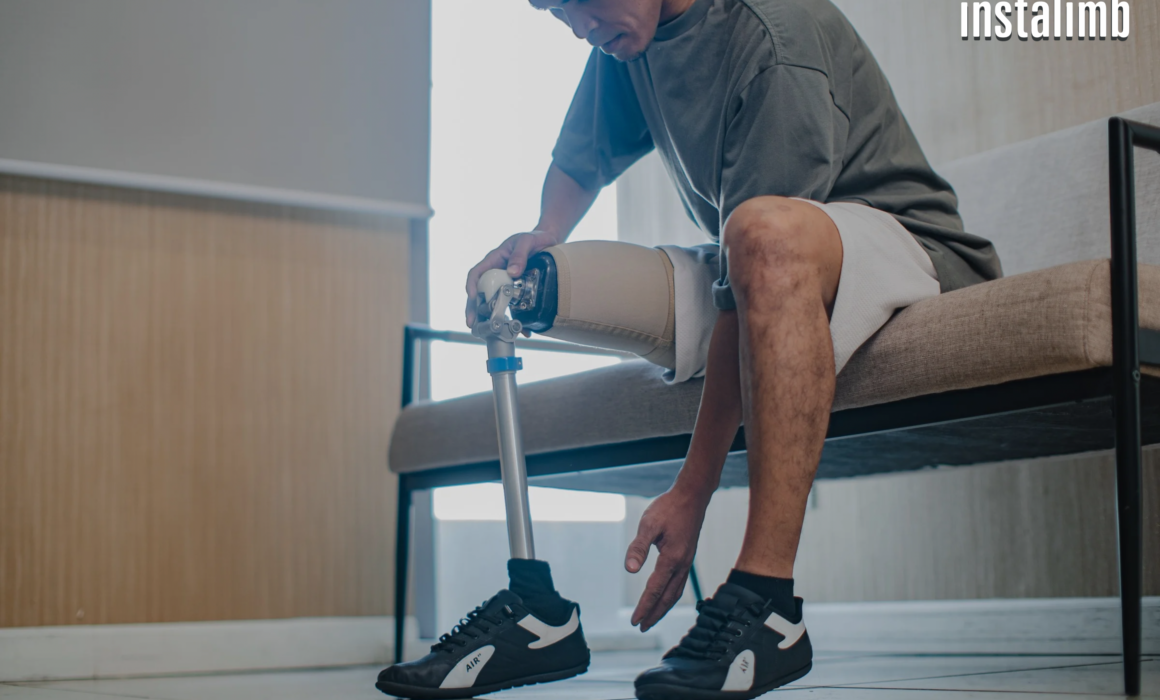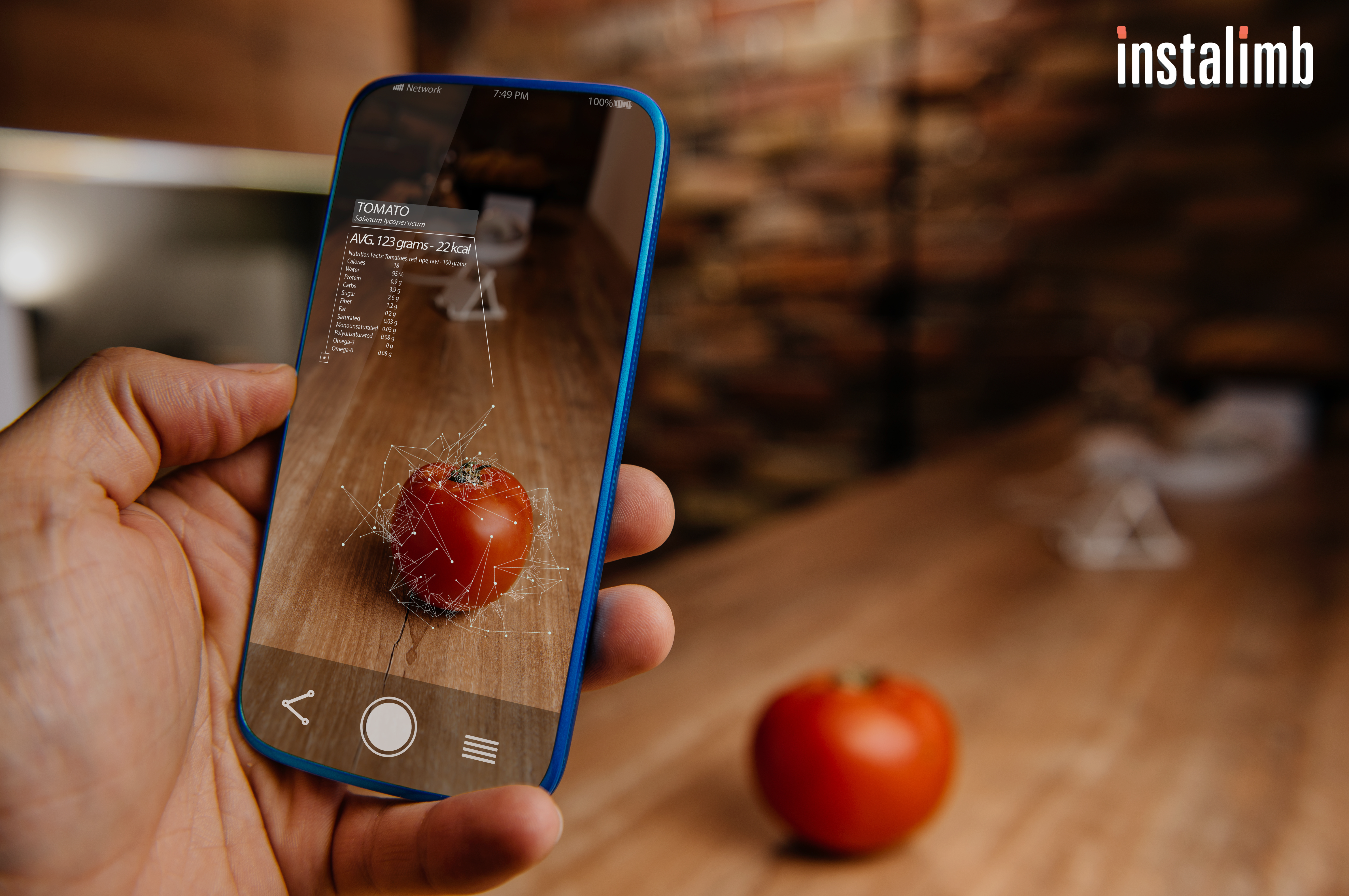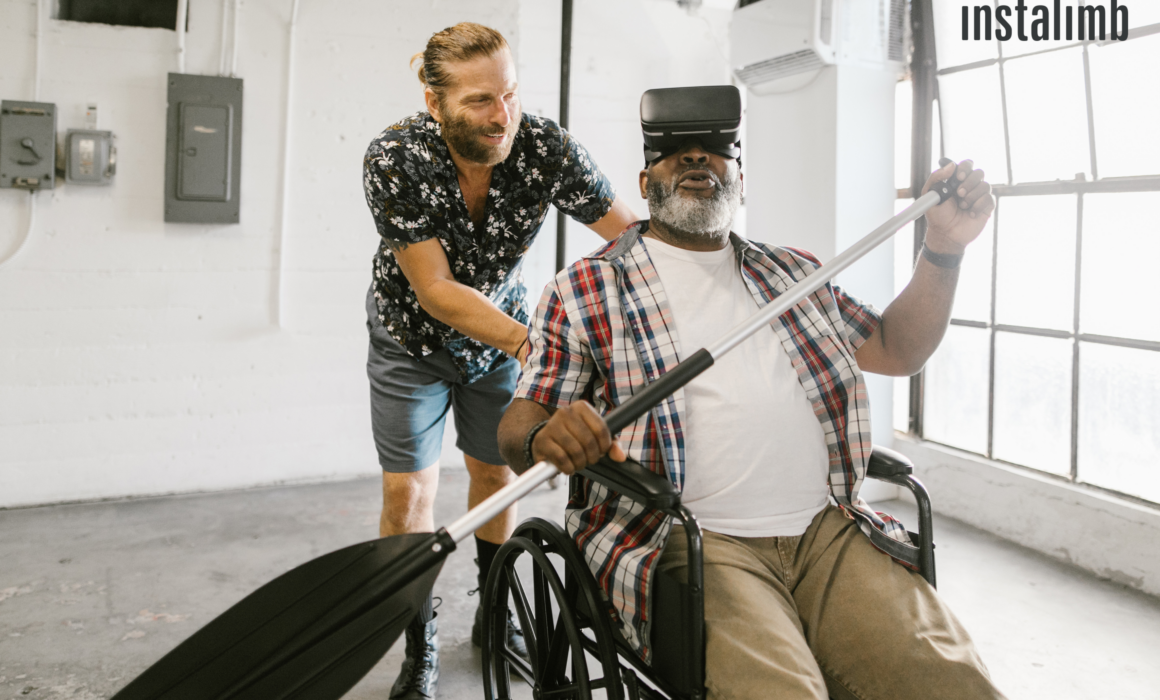As we age, our bodies naturally undergo changes, like muscles weakening, skin becoming more sensitive, and maintaining balance becoming more challenging. For elderly amputees, these changes bring specific challenges when it comes to using prosthetic limbs.
While prosthetics provide essential mobility and independence, the aging process requires regular adjustments to ensure comfort and functionality. In this blog, we’ll explore the unique challenges elderly amputees face and offer practical solutions to adapt prosthetics as their bodies evolve over time.
How Aging Affects Prosthetic Use
1. Decreased Muscle Strength
Muscle mass decreases with age, which can make it harder to use prosthetic limbs effectively. Amputees may find that their prosthetic limbs feel heavier or more tiring to use due to weakened leg and core muscles. Incorporating strength exercises into daily routines can help maintain the muscle mass needed for mobility and prosthetic control.
2. Skin Sensitivity
Aging skin becomes thinner and more fragile, so making it more susceptible to irritation from prosthetic sockets. Elderly amputees often experience issues like rashes, sores, and blisters due to poorly fitted prosthetics. Regular socket adjustments, the use of breathable liners, and proper skin care can help prevent discomfort and skin damage.
3. Bone Density and Joint Health
Conditions such as osteoporosis and arthritis, common among the elderly, can complicate prosthetic use. Weakened bones and stiff joints affect an amputee’s ability to move freely with a prosthetic. Hence, it’s essential to work with a prosthetist to make adjustments that support joint health and ensure a more comfortable gait.
4. Balance and Stability
As balance becomes more of a challenge with age, prosthetic users must pay closer attention to the alignment and fit of their devices. Poorly fitted prosthetics can result in both instability and an increased risk of falls. So, balance exercises and regular check-ups with a prosthetist can help improve stability and confidence.
5. Weight Fluctuations
Elderly individuals often experience weight changes, which can affect the fit and comfort of their prosthetic limbs. Significant weight gain or loss can also cause the prosthetic to feel too tight or too loose. Adjustments to the socket and overall prosthetic fit are important for maintaining comfort and preventing mobility issues.
Tips for Adapting Prosthetics Over Time
1. Schedule Regular Prosthetic Check-Ups
Your prosthetic limb should be updated as your body changes. Regular visits to your prosthetist are crucial for ensuring both your device continues to fit well and function optimally. Small adjustments can significantly improve both comfort and mobility.
2. Prioritize Comfort
As aging progresses, comfort becomes increasingly important. Customizing your prosthetic with softer liners, cushioned sockets, or lighter materials can reduce strain on your body and make the device easier to wear for extended periods. Proper comfort also helps prevent skin irritation and pressure sores.
3. Incorporate Strength and Balance Exercises
However, staying active is key to maintaining muscle strength and balance, which are vital for using a prosthetic limb effectively. Also, simple strength and balance exercises or working with a physical therapist can greatly enhance your ability to navigate with a prosthetic.
4. Use Mobility Aids When Needed
There’s no shame in using additional support like canes, walkers, or crutches. These mobility aids can provide extra stability, especially if balance is becoming a concern. Combined with your prosthetic, these tools can reduce the risk of falls and help you stay active.
5. Stay Informed About Prosthetic Technology
Prosthetics are continuously evolving, with new advancements making devices more user-friendly and adaptive. Additionally, lightweight materials, powered joints, and smart prosthetics that adjust to your movements are all innovations that could benefit elderly amputees. So talk to your prosthetist about how these technologies might improve your experience.
6. Take Care of Your Mental Health
Adjusting to a prosthetic later in life can bring emotional challenges, including frustration and anxiety about physical limitations. Emotional support is essential—whether it comes from therapy, connecting with others who have similar experiences, or talking with loved ones. Maintaining mental well-being is just as important as physical health when adapting to a prosthetic.
Embracing Change and Moving Forward
Adapting to a prosthetic as you age can be challenging, but it is possible to maintain independence and mobility with the right adjustments. Regular prosthetic evaluations, prioritizing comfort, staying active, and using mobility aids when needed can all help improve the experience. Elderly amputees can continue to live fulfilling and mobile lives with the right support.
At Instalimb, we’re dedicated to helping amputees at every stage of life. We understand the unique challenges of aging with a prosthetic, and our team is here to provide guidance, support, and adjustments to ensure your prosthetic continues to meet your needs. Step it up with Instalimb – Contact us today!
Like this blog? Dive into more insightful reads on prosthetic care, fitness, and the latest in 3D-printed limbs.
- How often should you clean your artificial leg?
- Adapting your home for accessibility with a prosthetic limb
- A serious risk for amputees: Bone growth
- Understanding the technology behind Instalimb prosthetics
- Irshad’s remarkable recovery with Instalimb
- Struggling with prosthetic costs?
Check out our blog section for more!




